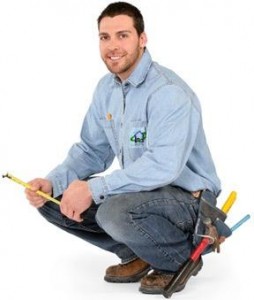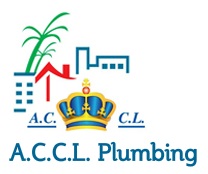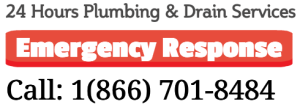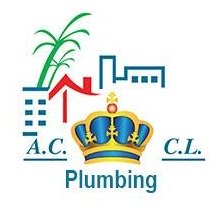Toilet Repair 101
In the bathroom, a toilet that does not flush completely can be anyone’s worst nightmare. It may be necessary to flush the toilet a second time to completely eliminate the contents. When your third, fourth, and countless additional tries fail to produce a clean flush, you become frustrated. You might be annoyed, disgusted, and even humiliated if the toilet won’t flush properly. Plus, with each successive flush, you’re wasting a lot of water, which will raise your utility rates. It’s preferable to deal with a faulty toilet flush as soon as possible. Does your toilet fail to flush completely on the first try? Check out these six fixes for a toilet that isn’t flushing completely:
1. CHECK THE LEVEL OF WATER IN THE TOILET TANK
If you’re having trouble flushing, start by checking the water level in the toilet tank. Remove the tank cover and inspect the interior for a clearly marked indicator. It’s possible that your toilet isn’t flushing completely because the water line is below the mark. A float should be installed inside the toilet tank to correct this. The float is commonly a rubber ball kept in place by a metallic arm. You can elevate the float by turning a screw situated at the base with a screwdriver. Raise the float till it reaches the designated indication, and the toilet should flush properly as a result of this modification.
2. FIX THE FLAPPER IN THE TOILET
The toilet flapper is a rubber seal that seals a hole in the tank’s bottom. It’s possible that if this flapper is destroyed, water will seep out of the tank. This causes a problem since you won’t have enough water to flush the toilet completely. To have a new toilet flapper installed, contact a domestic plumber. There could possibly be an issue with the toilet flapper chain being too long or too short. With about a half-inch of slack, adjust the length to allow for effective movement.
3. DISINFECT THE TOILET
A clogged toilet will reduce your ability to flush the toilet as efficiently as possible. There could be a clog restricting the water circulation if you notice a very slow flushing toilet. Natural debris, clumps of toilet paper, or any other strange materials flushed into the toilet can all produce a clog. A plunger is the most effective way to unclog a clogged toilet. Place the plunger in such a way that it creates a tight seal around the toilet’s bottom. Then, vigorously move the plunger up and down until the water level appears to be decreasing. You might also try using a drain snake to clear the obstruction.
4. INSPECT THE TOILET BOWL’S INLET HOLES
The intake holes could be the source of your toilet’s inability to flush completely. These are microscopic holes seen along the toilet bowl’s rim. Water should be able to flow freely through the inlet holes during flushing. If the intake holes become clogged, the water will not move rapidly enough to flush completely. Hold a tiny mirror under the rim of the bowl to view the intake holes. Pour white vinegar into the overflow tube, which is an appliance inside the tank, if the holes are clogged. Before flushing again, let this solution sit overnight. Finally, clean the entrance holes with a little piece of wire.
5. VERIFY THAT THE TOILET HAS BEEN INSTALLED PROPERLY
A new toilet that isn’t fitted properly in the first place is the source of many flushing issues. Some contractors may neglect to remove a rubber cap from the top of the vent pipe while installing toilets in new homes. The toilet does not flush completely due to this basic human error. Inspect the toilet’s vent pipe with your plumber, making sure the rubber cap is removed. It’s also conceivable that your toilet’s drains were not correctly installed. The plumber can conduct a thorough drain check and troubleshoot any issues that arise.
6. FOR ASSISTANCE, CONTACT A PLUMBER
You may have attempted one of the techniques above but were still unable to repair the faulty flush system. This usually happens when your toilet is seriously broken, and there are many issues preventing the flush at once. You should hire a professional plumber to troubleshoot the situation because the damages appear to be quite complex. The indicators of a worn-out flush system can sometimes suggest that your toilet is naturally worn out. Regardless of how many times you try to fix old and degraded toilets, many problems will arise after years of use. If your plumber suggests that you install a new toilet instead, carefully examine his or her suggestion.

Need help finding the source of your water heater problem? Or have any questions about how to fix it? Rely on our plumbing experts at ACCL Plumbing call us your today!
ACCL Plumbing offers repair and replacement services. We would be pleased to develop a guaranteed unique solution to keep your cleanouts, sewer blockages, clogged drains, burst pipes, broken water heater or over flowing toilets, free of any obstructions. We can help. Call 1(905) 448-5909 or visit our contact page to drop us a message http://acclplumbing.com/contact-us/


